PhillipSchmidt
Brilliant_Rock
- Joined
- Nov 26, 2004
- Messages
- 667
Who makes them? What procedures/structures do they use that make them stand out? (eg. setting under magnification).
I would like to showcase the very best jewellers world wide, based on examples of technical perfection. I think this is the best way to establish ''what makes a good jewel''
Photos a must!
Phillip
I would like to showcase the very best jewellers world wide, based on examples of technical perfection. I think this is the best way to establish ''what makes a good jewel''
Photos a must!
Phillip










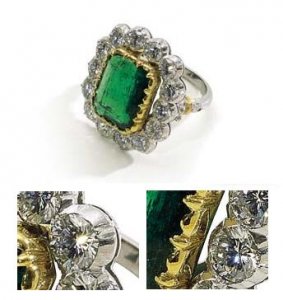

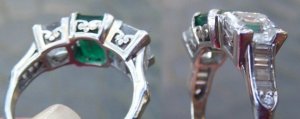

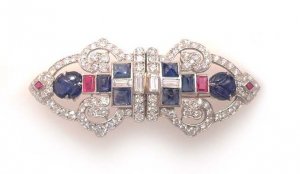
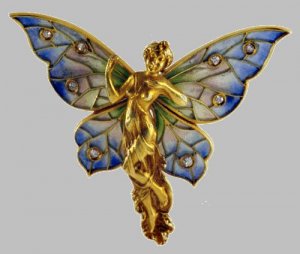
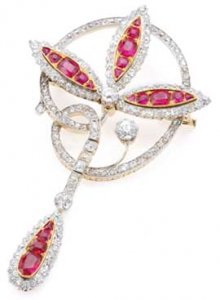
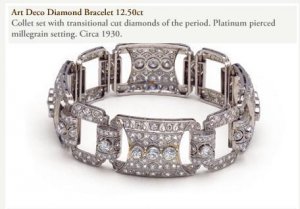


300x240.png)